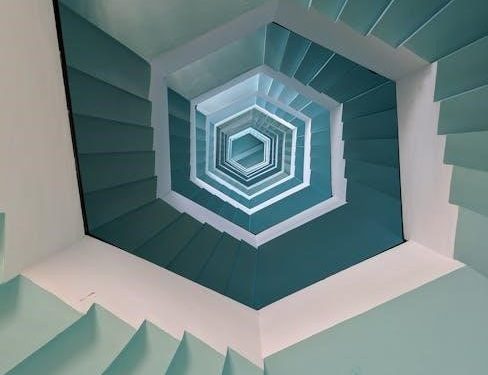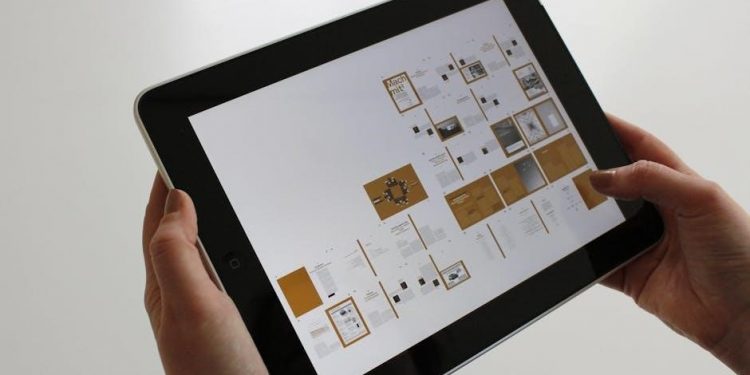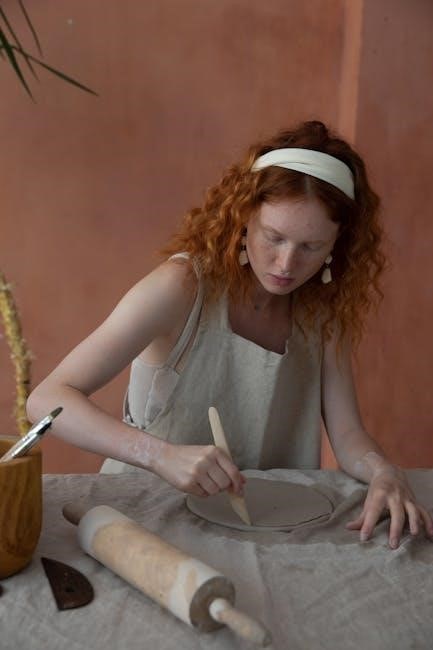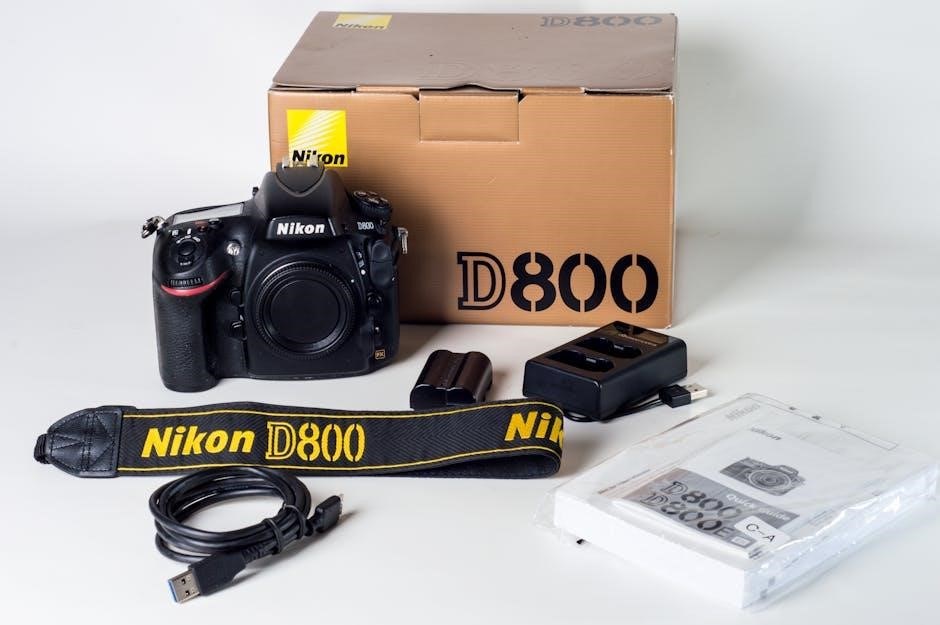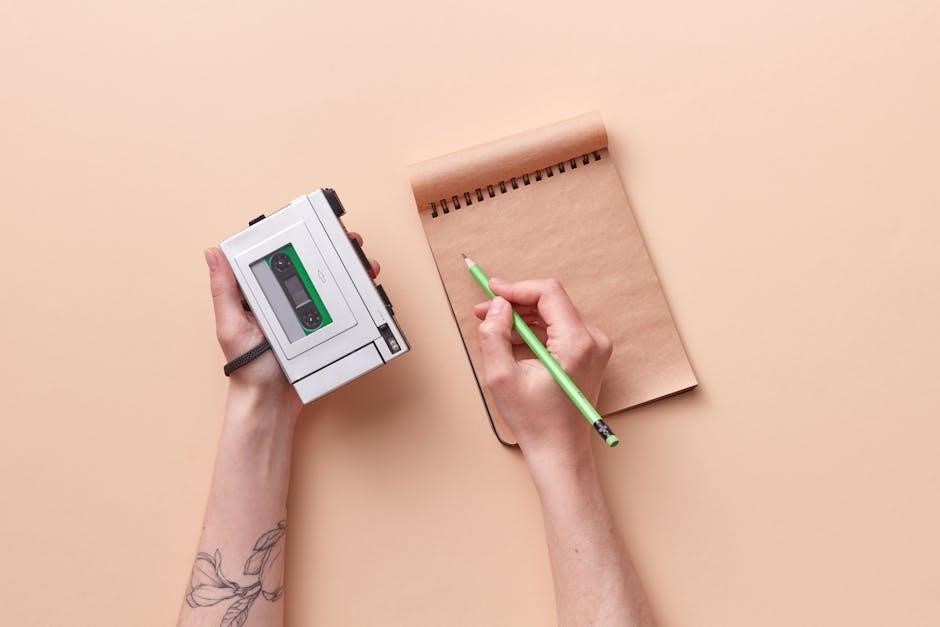Complementary angles sum to 90°, while supplementary angles sum to 180°․ These angle pairs are fundamental in geometry, art, and design, aiding in creating balanced structures․ Worksheets simplify learning these concepts through practice․
1․1 Definition of Complementary Angles
Complementary angles are two angles whose measures add up to 90 degrees․ These angles can be adjacent or non-adjacent but must always sum to a right angle․ For example, if one angle is 30°, its complement is 60°, since 30° + 60° = 90°․ This relationship is essential in geometry, art, and design, where balanced compositions are often desired․ Worksheets on complementary angles help students master the concept by providing exercises to find the missing angle when one is known․ Regular practice ensures a strong understanding of this fundamental geometric principle․
1․2 Definition of Supplementary Angles
Supplementary angles are two angles whose measures add up to 180 degrees․ These angles can be adjacent, forming a straight line, or non-adjacent but still summing to 180°․ For instance, if one angle is 89°, its supplement is 91°, since 89° + 91° = 180°․ This concept is crucial in geometry, particularly in understanding linear pairs and straight angles․ Worksheets on supplementary angles provide exercises to find the missing angle when one is known, enhancing problem-solving skills․ Regular practice with these worksheets helps students grasp this fundamental geometric relationship․

Key Properties of Complementary and Supplementary Angles
Complementary angles always sum to 90°, while supplementary angles sum to 180°․ These consistent properties make them essential for solving geometric problems and real-world applications․
2․1 Sum of Complementary Angles
Complementary angles always add up to 90 degrees․ This fundamental property is crucial in geometry, as it helps solve problems involving right angles and triangle properties․ For example, if one angle measures 30°, its complement is 60°, since 30° + 60° = 90°․ This relationship is essential for designing shapes and understanding spatial relationships in art and architecture․ Worksheets often include exercises where students calculate the missing angle by subtracting the given angle from 90°, reinforcing this key concept in angular measurement and its practical applications․
2․2 Sum of Supplementary Angles
Supplementary angles always add up to 180 degrees, forming a straight line when combined․ This property is vital in geometry, physics, and engineering, where understanding straight angles is essential․ For instance, if one angle measures 120°, its supplement is 60°, since 120° + 60° = 180°․ Worksheets often include problems where students calculate the missing angle by subtracting the given angle from 180°, reinforcing this fundamental concept in angular measurement and its practical applications in design and construction․
2․3 Relationship Between Complementary and Supplementary Angles
Complementary and supplementary angles are distinct yet related․ While complementary angles sum to 90°, supplementary angles sum to 180°․ Understanding this relationship aids in solving problems where angles are connected, such as in geometric shapes or real-world designs․ Worksheets often highlight these differences, helping students grasp how angles can form right angles or straight lines․ This foundational knowledge is crucial for more advanced geometric concepts and practical applications in fields like architecture and engineering․ Regular practice with worksheets ensures mastery of these angle relationships․

Real-World Applications of Complementary and Supplementary Angles
Complementary and supplementary angles are crucial in geometry, art, and design․ They aid in creating balanced structures, like in architecture and engineering․ Worksheets help students apply these concepts to real-world problems, enhancing problem-solving skills․
3․1 Geometry and Art
Complementary and supplementary angles are essential in geometry and art․ In geometry, they help form right angles and straight lines, which are fundamental for creating shapes and structures․ Artists use these angles to create balanced compositions, ensuring visual harmony․ For instance, a right triangle relies on complementary angles, while a straight line in a painting uses supplementary angles․ These concepts are vital for understanding spatial relationships and proportions, making them indispensable tools for both geometric problem-solving and artistic design․ Worksheets provide practical exercises to master these principles․
3․2 Architecture and Design
Complementary and supplementary angles play a crucial role in architecture and design․ Architects use these angles to create balanced and functional spaces․ For example, right angles in building frameworks rely on complementary angles, while supplementary angles ensure smooth transitions in structural lines․ Designers apply these principles to achieve symmetry and harmony in their work․ Worksheets on these angles help professionals and students refine their understanding, enabling precise calculations and aesthetic appeal in their designs․ Thus, these concepts are integral to both functionality and visual appeal in architecture and design․
3․3 Physics and Engineering
Complementary and supplementary angles are essential in physics and engineering for calculating forces, motions, and structural integrity․ In mechanics, supplementary angles help determine the total rotation of objects, while complementary angles are used in vector analysis to ensure perpendicular components․ Engineers rely on these concepts to design stable structures and precise mechanisms․ Worksheets provide practical exercises for mastering angle calculations, which are critical for accurate problem-solving in these fields․ By understanding these angle relationships, professionals can optimize designs and ensure safety in engineering applications․
Complementary and Supplementary Angles Worksheets
Worksheets provide structured exercises for practicing complementary and supplementary angle problems․ They include fill-in-the-blank, algebraic equations, and true/false questions to enhance problem-solving skills and understanding․
4․1 Purpose of Worksheets
Worksheets serve as essential tools for mastering complementary and supplementary angles․ Their purpose is to provide structured practice, reinforcing the understanding of angle relationships through various exercises․ Students can identify missing angles, solve algebraic equations, and classify angle pairs, enhancing their problem-solving skills․ Worksheets also offer a clear framework for students to apply mathematical concepts, making them ideal for independent study or classroom activities․ Regular practice with these resources helps build confidence and fluency in geometry and related fields․
4․2 Structure of Worksheets
Worksheets on complementary and supplementary angles typically include multiple sections for varied practice․ They often start with fill-in-the-blank questions to reinforce definitions․ Subsequent sections may involve finding missing angles, solving algebraic problems, and classifying angle pairs․ Some worksheets incorporate diagrams for visual learners, while others focus on word problems to apply concepts in real-world scenarios․ The structure ensures a comprehensive understanding, with exercises progressing from basic to more complex tasks․ This organized approach helps students systematically master angle relationships․
4․3 Benefits of Using Worksheets
Worksheets on complementary and supplementary angles provide hands-on practice, reinforcing understanding of angle relationships; They offer a structured approach to learning, with exercises tailored to different skill levels․ Visual aids, such as diagrams, cater to visual learners, while algebraic problems enhance critical thinking․ Worksheets also allow students to self-assess their progress and identify areas for improvement․ Regular practice with these resources builds confidence and fluency in solving angle-related problems, making them an invaluable tool for math education․

Solving Problems Involving Complementary and Supplementary Angles
This section focuses on practical exercises to find missing angles, solve algebraic equations, and answer true/false questions․ It helps students apply their knowledge effectively․
5․1 Finding Missing Angles
Finding missing angles involves using the properties of complementary and supplementary angles․ For complementary angles, subtract the known angle from 90°․ For supplementary, subtract from 180°․ Worksheets provide structured exercises to practice these calculations․ Students solve problems where one angle is given, ensuring they grasp the concept of angle pairs․ These exercises build foundational skills for more complex geometry applications․ Regular practice helps reinforce the relationship between angles, enhancing problem-solving abilities․
5․2 Solving Algebraic Equations
Solving algebraic equations involving complementary and supplementary angles requires setting up equations based on known angle measures․ For example, if one angle is given as ( x ) and its complement or supplement is expressed in terms of ( x ), students can solve for ( x ) using basic algebra․ Worksheets often include problems where angles are multiples or have constants added, such as ( 2x + 3 ) for complementary angles․ These exercises help students apply algebraic skills while reinforcing their understanding of angle relationships․ Regular practice with such problems builds confidence and mastery․
5․3 True or False Questions
True or False questions assess understanding of complementary and supplementary angles․ Examples include: “If two angles are supplementary, their measures add up to 90°” (False) or “Adjacent angles forming a linear pair are supplementary” (True)․ These questions test conceptual knowledge and application․ Worksheets often include statements like “If two angles are complementary, one must be acute” (True) or “Supplementary angles are always equal” (False)․ Such exercises reinforce key definitions and properties, helping students identify correct and incorrect statements about angle relationships․ They are excellent for quick assessments and conceptual clarity․

Tips for Mastering Complementary and Supplementary Angles
Mastering complementary and supplementary angles requires regular practice, understanding key definitions, and using visual aids like diagrams to reinforce concepts․ Worksheets and real-world applications also help․
6․1 Regular Practice
Regular practice is essential for mastering complementary and supplementary angles․ Using worksheets, students can consistently apply concepts like finding missing angles, solving algebraic equations, and answering true or false questions․ Worksheets provide structured exercises that reinforce understanding of angle relationships, ensuring fluency in problem-solving․ By dedicating time daily to practice, learners build confidence and improve their ability to identify and work with these angle pairs effectively․ Consistent practice also helps in applying these skills to real-world scenarios, making geometry more accessible and enjoyable․
6․2 Understanding Key Concepts
Understanding the definitions and properties of complementary and supplementary angles is crucial․ Complementary angles add up to 90°, while supplementary angles sum to 180°․ Grasping these fundamental concepts helps in solving problems like finding missing angles or verifying true/false statements․ Worksheets are valuable tools as they provide clear examples and exercises to solidify these concepts․ By thoroughly understanding the basics, students can approach more complex problems with confidence and accuracy, ensuring a strong foundation in angle relationships for future geometry challenges․ Regular practice and review further reinforce these essential concepts․
6․3 Using Visual Aids
Visual aids, such as diagrams and angle models, are highly effective for understanding complementary and supplementary angles․ Diagrams can illustrate how angles fit together to form 90° or 180°, making abstract concepts more tangible․ Charts and models help students visualize relationships between angles, enhancing their ability to identify complementary or supplementary pairs․ These tools also clarify why certain angles sum to specific degrees, providing a hands-on learning experience․ Incorporating visual aids into worksheets or lessons makes complex concepts more accessible and engaging for students of all learning styles․
Mastering complementary and supplementary angles is essential for geometry and real-world applications․ Worksheets provide structured practice to find missing angles, solve equations, and classify angle pairs․ Regular practice, understanding key concepts, and using visual aids enhance learning․ These skills are fundamental for solving problems in architecture, physics, and art․ By consistently applying these techniques, students can confidently tackle various mathematical challenges․ Using resources like PDF worksheets ensures a thorough grasp of these angle relationships, preparing learners for advanced geometric and algebraic tasks․
